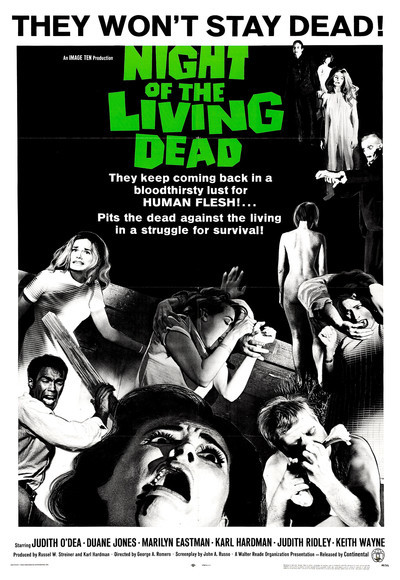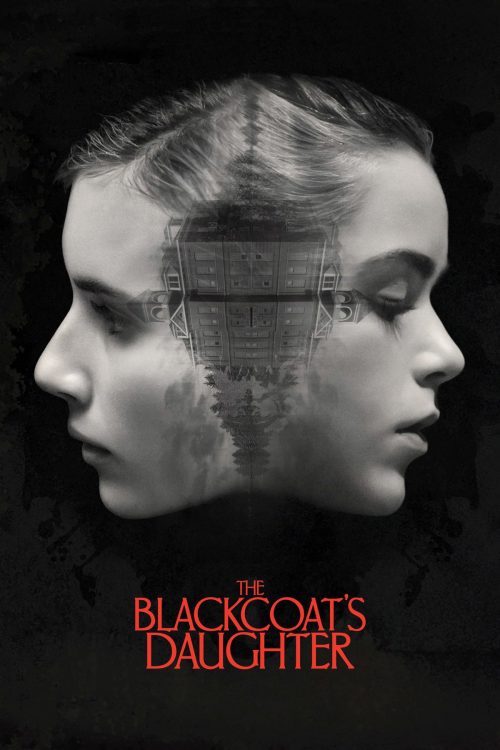Excerpts from the “Head” Talk
Heard on the radio while out on an errand: “What we see in one scene after another, really, in this landscape—routine torture and beheadings and brutality, rape of Yazidi women who are enslaved, a child soccer game with a human head.”
from Popol Vuh (circa 1554):
One and Seven Death: Where are my cigars? What of my torch? They were brought to you last night!
One and Seven Hanahpu: We finished them, your lordship.
One and Seven Death: Very well. This very day, your day is finished, you will die, you will disappear, and we shall break you off. Here you will hide your faces: you are to be sacrificed!
And then they were sacrificed and buried. They were buried at the Place of Ball Game Sacrifice, as it is called. The head of One Hanahpu was cut off; only his body was buried with his younger brother.
One and Seven Death: Put his head in the fork of the tree that stands by the road.
And when his head was put in the fork of the tree, the tree bore fruit. It would not have had any fruit, had not the head of One Hanahpu been put in the fork of the tree. This is the calabash tree, as we call it today, or “the skull of One Hanahpu,” as it is said.
…
A Maiden, daughter of Blood Gatherer: I’m not acquainted with the tree they talk about. Its fruit is truly sweet, I hear.
Next, she arrived where the tree stood. It stood at the Place of Ball Game Sacrifice.
A Maiden, daughter of Blood Gatherer: What? Well! What’s the fruit of this tree? Shouldn’t this tree bear something sweet? They shouldn’t die, they shouldn’t be wasted. Should I pick one?
And then the bone spoke; it was here in the fork of the tree.
The Head of One Hunahpu: Why do you want a mere bone, a round thing in the branches of a tree? You don’t want it.
A Maiden, daughter of Blood Gatherer: I do want it.
The Head of One Hunahpu: Very well. Stretch out your right hand here, so I can see it.
And then the bone spit out its saliva, which landed squarely in the hand of the maiden.
The Head of One Hunahpu: It is just a sign I have given you, my saliva, my spittle. This, my head, has nothing on it—just bone, nothing of meat. It’s just the same as the head of a great lord: it’s just the flesh that makes the face look good. And when he dies, people get frightened by his bones.
Right away, something was generated in [the maiden’s] belly, from the saliva alone, and this was the generation of Hanahpu and Zbalanque.
from “The MFA’s Small Masterpieces”
… If the act of noticing is the museum-goer’s sixth sense, this display is a good first test. How many visitors who are attracted by the glitter of pre-Columbian gold notice that one of the small Muisca votive figures is carrying a tiny human head? This art was made by headhunters.
Aside from this gruesome fact very little is known about the Muisca, a tribe that thrived for centuries before the Spanish Conquest in what is now Colombia. It is not known to what ritual use these superbly crafted votive figures were put, although one theory is that the Muisca believed that gold was magic. …
A good shoemaker can eye a foot and know its requirements; the shoemaker who lived in Gerbert (circa 1181 C.E.) was good. Also, he was evil. When he saw the foot of a royal daughter he proposed to her. “No,” she said. Like, obviously. She was royal. He became a knight to impress her. She was not impressed. To avenge himself, he became a pirate, and harassed the royal daughter’s kingdom. When she died, he opened her grave and fucked her corpse. About to leave the open hole, he heard a voice: “You’re a father.” The fruit of the shoemaker’s lust was a nightmare head. Don’t look at it! The shoemaker put it in a box. When his second wife, the daughter of the emperor of Constantinople, learned what was in the box, she knew her husband was evil. Her guard tossed the shoemaker and then his box into the Grecian Ocean. The nightmare head spat: its voice is a whirlpool called Satalie.
Cold Calls, Christopher Logue’s “account” of books 7 – 9 of The Iliad, describes the beheading of Nyro of Simi “the handsomest of all the Greeks, save A,” by Aeneas. Aeneas’ “minder,” Mowgag, puts the head on a pike; “the chingaling of its tinkers”—the bells that Nyro wove into his braids—a gruesome instrument. But Nyro’s head speaks otherwise: “Athena yells” “through poor Nyro’s wobbling mouth”: “Slew of assiduous mediocrities! / Meek Greeks / Hector will burn your ships to warm his soup!”
Neil Corcoran writes, “[Christopher] Logue invents strange, un-Homeric names of, to me, uninterpretable significance. These become more plentiful as the sequence progresses… Cold Calls introduces, among others, Deckalin, Mowgag, Meep and Nyro.”
My family left Marion, Massachusetts in 1982. We would’ve stayed longer if not for—. Zhuangzi used a human skull for a pillow. In Zhuangzi’s dreams, the skull mocked him and said, “I can tell you what it’s like to be dead. It’s happiness.” Throughout ’81 – ’82, I dreamed about a human head, crab-eaten flesh, empty eye-sockets. I was just a little boy. The head said to me, “Wake up wake up wake up!” My parents sang to me, they served me warm milk, they let me sleep between them, but though I clutched a stuffed lion, that head woke me every night until we finally moved.
from “The Screaming Skull” by F. Marion Crawford
“He was found dead on the beach one morning, and there was a coroner's inquest. There were marks on his throat, but he had not been robbed. The verdict was that he had come to his end ‘By the hands or teeth of some person or animal unknown,’ for half the jury thought it might have been a big dog that had thrown him down and gripped his windpipe, though the skin of his throat was not broken. No one knew at what time he had gone out, nor where he had been. He was found lying on his back above high-water mark, and an old cardboard bandbox that had belonged to his wife lay under his hand, open. The lid had fallen off. He seemed to have been carrying home a skull in the box—doctors are fond of collecting such things. It had rolled out and lay near his head, and it was a remarkably fine skull, rather small, beautifully shaped and very white, with perfect teeth.”
from The Arabian Nights
Sage: I have a book called The Secret of Secrets, which I should like to give you for safekeeping in your library.
King: What is the secret of this book?
Sage: It contains countless secrets, but the chief one is that if your Majesty has my head struck off, opens the book on the sixth leaf, reads three lines from the left page, and speaks to me, my head will speak and answer whatever you ask.
King: Is it possible that if I cut off your head and, as you say, open the book, read the third line, and speak to your head, it will speak to me? This is the wonder of wonders.”
The next day the sage Duban entered the royal palace carrying an old book and a kohl jar containing powder. He sat down, ordered a platter, and poured out the powder and smoothed it on the platter.
Sage: Take this book, your Majesty, and don’t open it until after my execution. When my head is cut off, let it be placed on the platter and order that it be pressed on the powder. Then open the book and begin to ask my head a question, for it will answer you.
King: I must kill you, especially to see how your head will speak to me.
Then the king took the book and ordered the executioner to strike off the sage’s head. The executioner drew his sword and, with one stroke, dropped the head in the middle of the platter, and when he pressed the head on the powder, the bleeding stopped. Then the sage Duban opened his eyes.
Sage: Now your Majesty, open the book.
King: Sage, I see nothing written in this book.
Sage: Open more pages.
from The Boston Sunday Globe, May 3, 1981:
Human head found
MARION, MA. An investigation was continuing yesterday to determine the identity of a human head found at Silver Shell Beach by a local boy, a state medical examiner said.
Dr. Ann Dixon said authorities were trying to identify the head by matching teeth with dental records.
The head was found Thursday by a local boy playing in the beach grass near the recreation house. The beach was closed through Friday.
Sources: Weekend Edition, NPR, Sept. 16, 2017; Popol Vuh. Translated by Dennis Tedlock. New York: Touchstone, 1995; Garrett, Robert. “The MFA’s Small Masterpieces.” The Boston Globe Calendar, June 27, 1985; Ashe, Laura. Early Fiction in England: from Geoffrey of Monmouth to Chaucer. London: Penguin Classics, 2015; Logue, Christopher. War Music. New York: Farrar, Straus, & Giroux, 2015; Corcoran, Neil. Poetry & Responsibility. Liverpool: Liverpool University Press, 2014; Simon, Peter J. The Norton Anthology of World Literature. New York: W. W. Norton, 2002; Crawford, F. Marion. Uncanny Tales. North Yorkshire: Tartarus Press, 2009; Heller-Roazen, Daniel. The Arabian Nights. Translated by Husain Haddawy. New York: W. W. Norton, 2010; “Human head found,” The Boston Sunday Globe, May 3, 1981.











